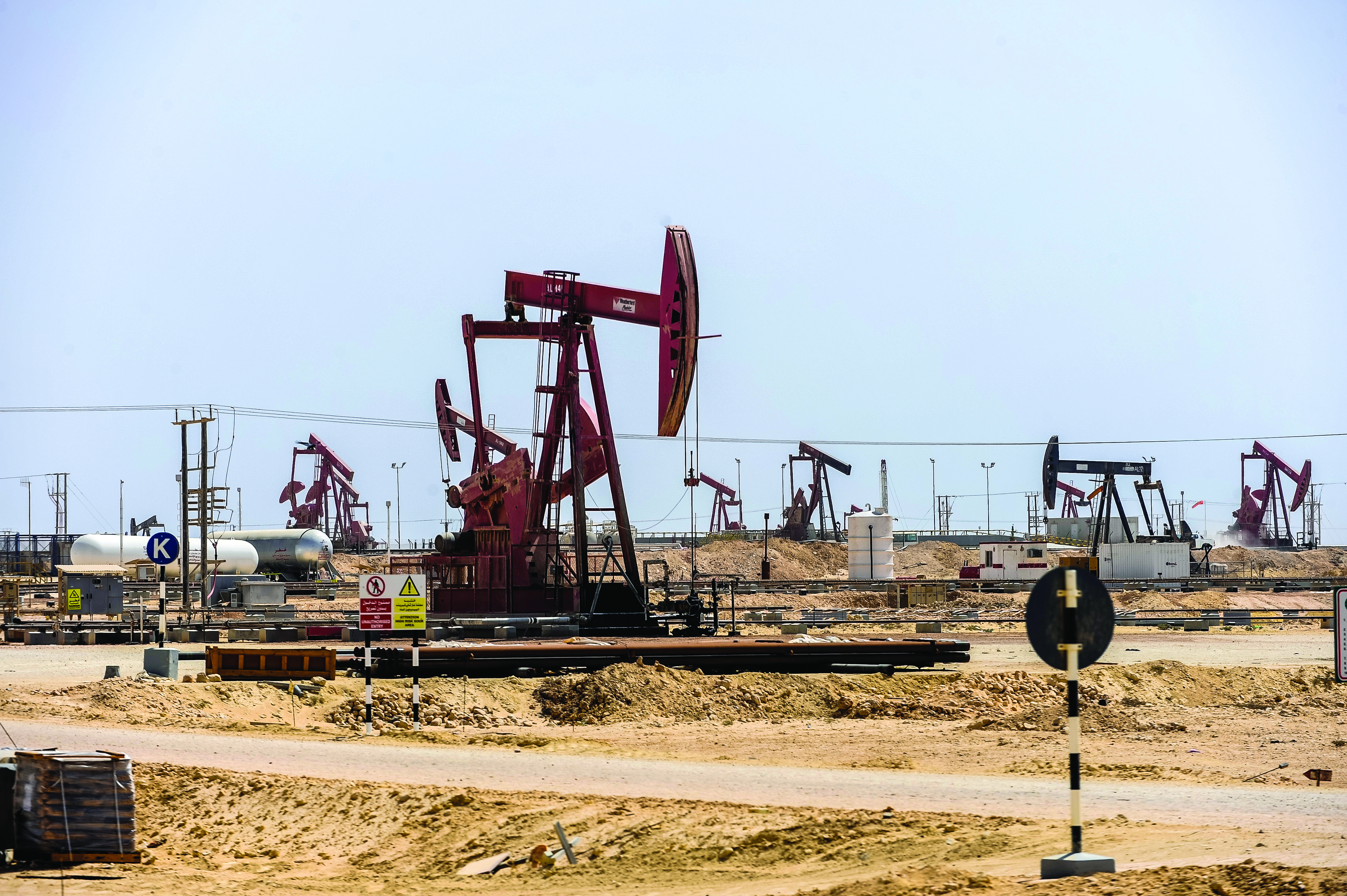
Muscat: Oman government expects the country’s economy to grow by 2 per cent in 2017, mainly driven by a recovery in crude oil prices, according to the budget statement released by the Ministry of Finance on Sunday.
The non-oil sector is expected to grow by 4.7 per cent this year, with the support given by the government.
According to the latest available statistics, the Sultanate’s economy for the first half of 2016 fell by 11.1 per cent to nearly OMR11.51 billion from OMR12.95 billion recorded for the same period of 2015, mainly on account of a fall in crude oil prices. The average price of Oman Crude fell to $39 per barrel last year, from an assumed oil price of $45 a barrel for estimating budget revenue.
In 2015, Oman’s gross domestic production at current prices dropped by 14 per cent to OMR26.8 billion, compared to the previous year.
However, GDP at constant prices grew by 5.7 per cent in 2015, and it is projected to be positive in 2016. Despite the sharp drop in oil revenues, the growth of GDP at constant prices firmed up as a result of economic and fiscal policies pursued by the Government over these two years.
Inflation at 2.8 per cent
The ministry statement said that the average inflation, which is calculated on the basis of consumer price index, is expected below 2.8 per cent level in 2017, against an average inflation of 1.85 per cent last year. “The prices of consumer goods are expected to remain at the same low levels, which will benefit consumers and producers to achieve low production cost,” noted the statement.
A major objective of the budget is to achieve economic growth and to control inflation rate for maintaining per capital income.
Also, another objective is to continue rationalising public spending and enhancing its efficiency, as well as ensure its sustainability.
In 2016, the national economy has benefited from the decline of non-energy commodity prices. Consumer and producer prices are expected to remain quite low over 2017. Thus, consumers will benefit from lower prices of commodity, and producers will also take advantage of lower production cost.